-
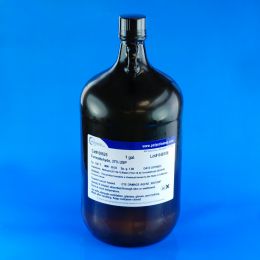 Formaldehyde 37%, U.S.P.Catalog Number 00625
Formaldehyde 37%, U.S.P.Catalog Number 00625Special handling charge & carrier surcharges.
Formalin 100%
-
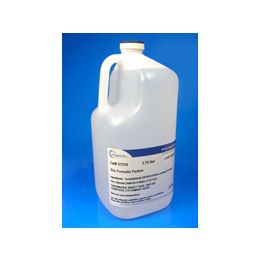 Zinc Formalin Fixative, pH 6.25Catalog Number 21516
Zinc Formalin Fixative, pH 6.25Catalog Number 21516Excellent morphological preservation of nuclear & cytoplasmic components. Can replace neutral buffered formalin for routine tissue and immunohistochemical procedures. Non-precipitating fixative which can be used with automated and manual methods.
-
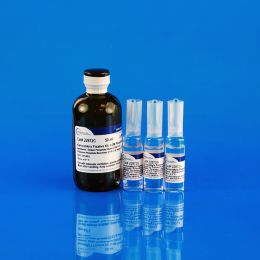 Karnovsky’s FixativeCatalog Number 22872
Karnovsky’s FixativeCatalog Number 22872Formaldehyde/Glutaraldehyde fixative commonly used in EM for structural preservation. Pre-measured in ampoules for one-step preparation.
-
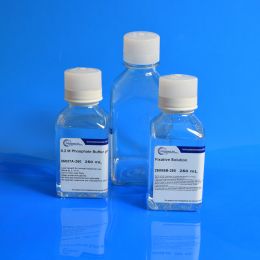 Flow Fix, 2% Paraformaldehyde Fixative KitCatalog Number 25085
Flow Fix, 2% Paraformaldehyde Fixative KitCatalog Number 25085Flow Fix, 2% Paraformaldehyde Fixation Buffer is a sodium azide free buffer comprised of a neutral pH-buffered saline (i.e., Dulbecco's Phosphate-Buffered Saline) that contains 2% w/v paraformaldehyde. Sodium Azide –Free. Do not add sodium azide to buffers if you are concerned with recovering cell function.
-
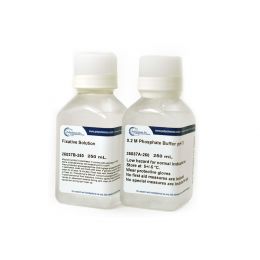 Flow Fix, 1% Paraformaldehyde Fixative KitCatalog Number 25037
Flow Fix, 1% Paraformaldehyde Fixative KitCatalog Number 25037A sodium azide free buffer comprised of a neutral pH-buffered saline (i.e., Dulbecco's Phosphate-Buffered Saline) that contains 1% w/v paraformaldehyde. Sodium Azide –Free. Do not add sodium azide to buffers if you are concerned with recovering cell function.
-
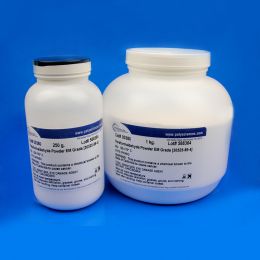 ParaformaldehydeCatalog Number 00380
ParaformaldehydeCatalog Number 00380Paraformaldehyde depolymerizes in water to formaldehyde solution yielding consistent quality fixative solutions. To achieve a strong solution, raise the temperature of the water to 60ºC then add sodium hydroxide solution dropwise.
-
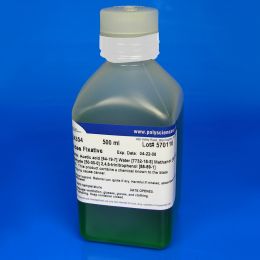 Hollande's FixativeCatalog Number 24354
Hollande's FixativeCatalog Number 24354Hollandes fixative is excellent for large and small gastric tissue, GI biopsies or any tissues that contain large amounts of inflammatory and mucinous cells. This solution is one of the best fixatives for certain kinds of protozoa.
-
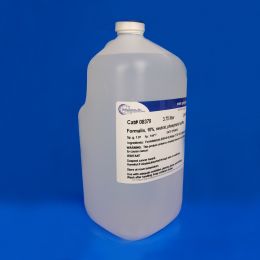 Formalin, 10% neutral buffered (phosphate buffer)Catalog Number 08379
Formalin, 10% neutral buffered (phosphate buffer)Catalog Number 08379Widely used fixative for processing tissues in routine histology laboratories. Used for IHC in the clinical laboratory for paraffin embedded tissues.
Volume of the fixative should be 15-20 times that of the tissue.
(Formaldehyde 3.7%)
-
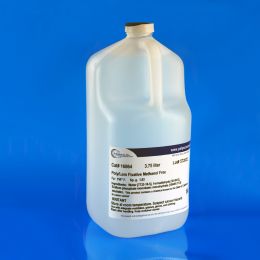 Poly/LEM FixativeCatalog Number 16864
Poly/LEM FixativeCatalog Number 16864For Light and Electron Microscopy. This popular methanol-free fixative is a formaldehyde-based material formulated to eliminate the need to select a fixative for tissue based on the type of microscopy to be employed.
-
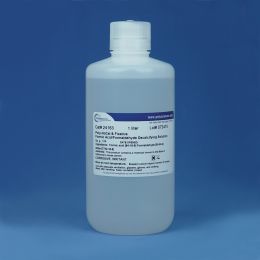 Poly-NoCal & FixativeCatalog Number 24163
Poly-NoCal & FixativeCatalog Number 24163Poly-NoCal & Fixative is a formic acid and formaldehyde based solution designed to fix and decalcify in one easy, convenient step. Small histological specimens, such as bone marrow, will achieve softening sufficient for sectioning in four hours.
-
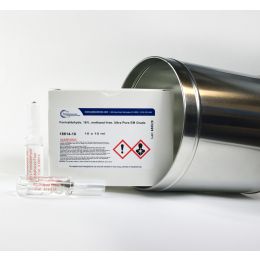 Formaldehyde, 16%, methanol free, Ultra PureCatalog Number 18814
Formaldehyde, 16%, methanol free, Ultra PureCatalog Number 18814Suitable for both electron and light microscopy. Easily penetrates large blocks of tissue. When used in combination with glutaraldehyde, it fixes delicate tissues such as brain in vascular perfusion. Avoids the problem of having to depolymerize paraformaldehyde. Used in Karnovsky's fixative in conjunction with your own buffer system. Source of the formaldehyde is paraformaldehyde.
-
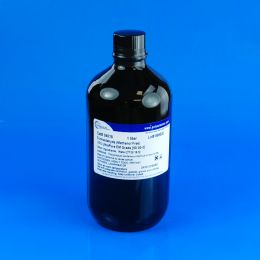 Formaldehyde, 10%, methanol free, Ultra PureCatalog Number 04018
Formaldehyde, 10%, methanol free, Ultra PureCatalog Number 04018Suitable for both electron and light microscopy. Easily penetrates large blocks of tissue. When used in combination with glutaraldehyde, it fixes delicate tissues such as brain in vascular perfusion. Avoids the problem of having to depolymerize paraformaldehyde. Used in Karnovsky's fixative in conjunction with your own buffer system. Source of the formaldehyde is paraformaldehyde.
Formaldehydes
